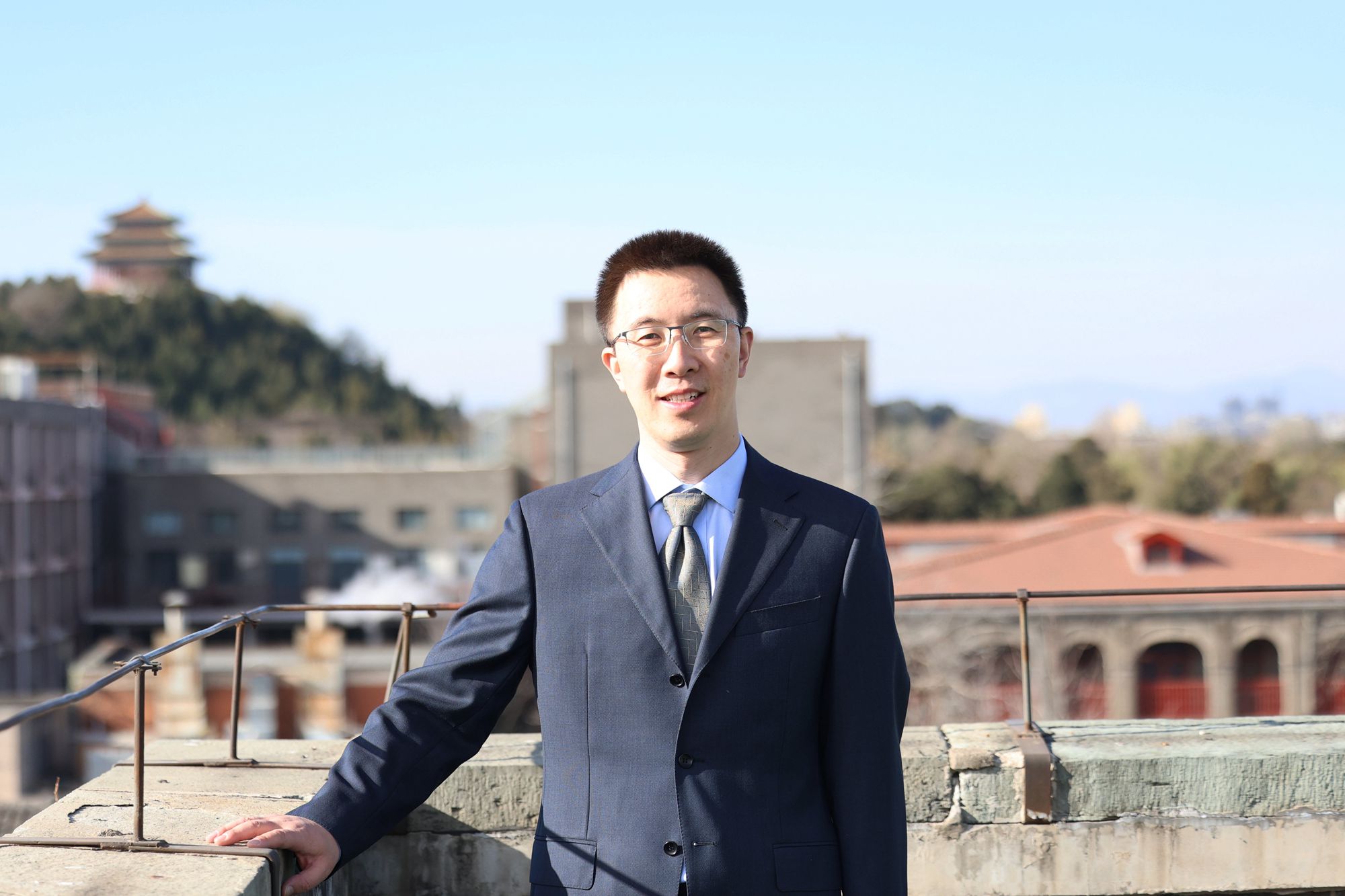
Abstract: Since the launch of the reform and opening-up, the Chinese society has undergone profound transformations. During this process, the litigation rate in China has continued to rise, with the number of legal cases showing significant growth. Over the past four decades, the total volume of litigation in China has surged by over 50 times, with courts nationwide accepting more than 33 million new cases in 2021. Empirical researches on the number of criminal, civil, and administrative litigation cases reveal that the growth of litigation in China can be divided into two rapid growth phases and one stagnation phase. The three types of litigation show distinct trends: administrative litigation has experienced the fastest growth rate, while civil litigation has contributed the largest numerical increase. The explosive growth in litigation following the reform and opening-up is the result of the combined effects of economic, social, legal, and policy factors. Research indicates that while social modernization forms the broad backdrop for the rise in litigation, litigation growth in China is also influenced by several unique factors: the decline of the people's mediation system and the weakness of the commercial arbitration mechanism have, to some extent, increased the burden on the judicial system. Furthermore, frequent changes in laws and judicial policies since the reform and opening-up, coupled with relatively low litigation costs, have directly fueled the large growth in litigation in China.
Keywords: Litigation Growth; Modernization Theory; Social Transformation; Alternative Dispute Resolution; Judicial Policy
Author: HU Changming, associate research fellow, CASS Institute of Law; associate professor, Law School of the University of CASS;
Source: 4 (2025) Political Science and Law.



